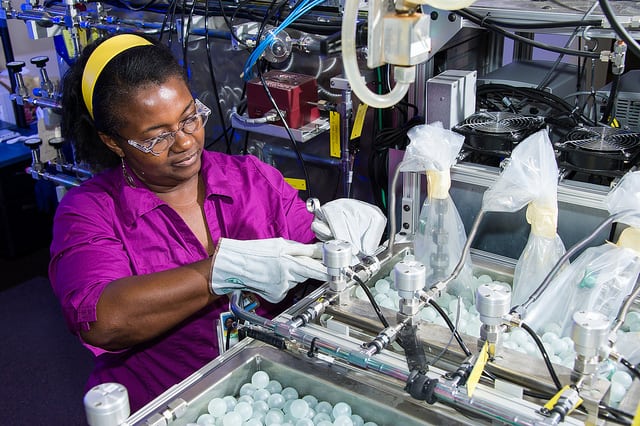
Weapons Complex Monitor Vol. 31 No. 35
Visit Archives | Return to Issue PDF
Visit Archives | Return to Issue PDF
Weapons Complex Monitor
Article 1 of 10
September 11, 2020
DOE Nuclear Cleanup Striking Balance Between On-Site, Remote Work

The COVID-19 pandemic helped sell the top brass at the Energy Department’s Office of Environmental Management on the value of telecommuting, the No. 2 official there said Wednesday.
When the DOE office was forced to roll back on-site work at nuclear remediation…
Partner Content